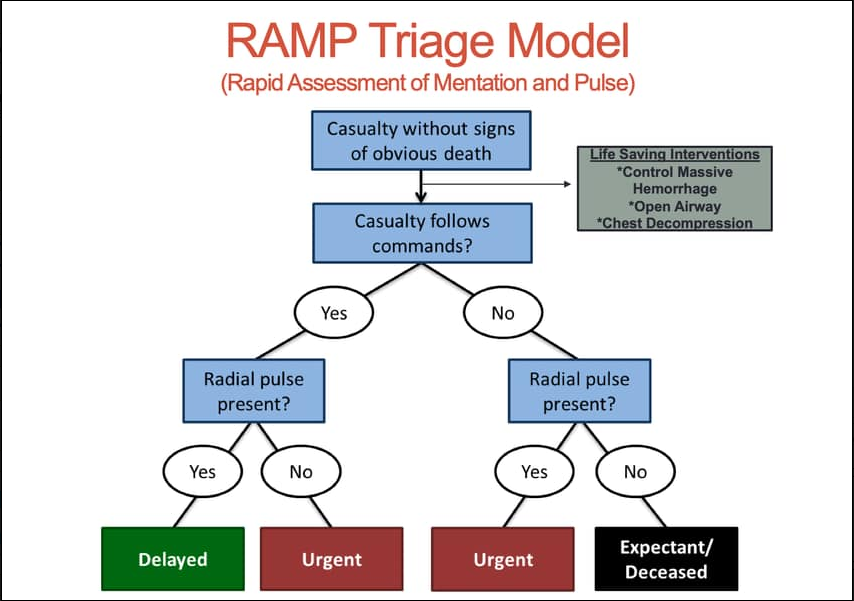Education
How to study
Here is a video playlist of how to study according to scientific studies. https://www.youtube.com/playlist?list=PL7BImOT2srcGCCjBBwNvU5zaB9F30lWye
Building a Personal Knowledge Base
Dr. Barbara Oakley has a massively popular open course titled "Learning how to learn."
Coursera link
The Open University link
Anki flash card app
Anki is free to use to make your own flashcards on your computer and phone. (It's also free as in freedom software.)
Anki is free. Free as in freedom (GNU software licensing) and as in gratis or no price. You can share your card decks between your devices and with other people. You don't need to buy anything.
A few quotes from the Anki website:
Anki is a flashcard program that helps you spend more time on challenging material, and less on what you already know.
There are two simple concepts behind Anki: active recall testing and spaced repetition. They are not known to most learners, despite being well-documented in scientific literature.
It is multi-platform, running on Windows, macOS, iOS, Android, and Linux/FreeBSD. And it is considerably easier to use than SuperMemo.
Check out the website for more information. https://apps.ankiweb.net
Find more Free software (free as in freedom) on the Software page.
Online con-ed (continuing education)
Train PA Online con-ed for free.
Online PA EMS Conference A bunch of con-ed hours for $10
EMS1Academy Con-ed online. Individual subscription $65/year.
Prodigy EMS Individual plan $140/year
Online Paramedic Courses
(These coursed can be taken in states other than where they're based.)
- NMETC (Based in Massachusetts)
- PERCOM (Based in Texas)
- Lenoir Community College (Located in North Carolina)
Study for EMT
A couple free online test banks
Free EMT/medic quiz | Free wilderness medicine quiz
EMT YouTube channels
PrepMedic Wilderness, tactical, preparedness oriented.
TheDoctorMedic EMS aviation.
High Performance CPR
This is what a good team approach to high performance "pit crew" CPR looks like (YouTube link).
Video Title: Cardiac Arrest Full-Length Body Cam Video 9/4/23 https://www.youtube.com/watch?v=p_Fp2hhUPK8
Video description: Today we are sharing the full-length body cam video from the Cardiac arrest review we posted recently. We would like to again thank our partners at ESD1 and paramedics Brooke, Taylor and Wheeler for providing incredible patient care. All HIPAA Releases have been signed and this video is shared with the consent of the patient involved here.
American Heart Association CPR algorithms full page size
Actually, CPR Sucks!
Note, the person in the video above was young and relatively healthy.
Mnemonics
LOC = Level Of Consciousness
AVPU = Alert Verbal Painful Unresponsive
ABC = Airway Breathing Circulation
OPQRST = Onset Provoke Quality Radiation Severity Time...See page 1301 for a picture pain rating scale that is good for use with children age 3 and older. https://wongbakerfaces.org
BE-FAST = Balance Eyes Facial droop Arm drift Speech Time (Used to identify stroke. Page 742)
DCAP-BTLS = Deformities Contusions Abrasions Punctures/penetrations Burns Tenderness Lacerations Swelling (Used on trauma patients.)
PMS = Pulse Motor function Sensation (add C somewhere in there to include Capillary refill. Example: C-PMS or PMS-C) (Used to assess neurovascular status in extremeties.)
PEARRL = Pupils Equal And Round/reactive Regular in size Light reacts to (It's not so important to remember the mnemonic PEARRL or PERRL; what is important is to remember each of the things about the eyes when you check them.)
SAMPLE = Signs & Symptoms Allergies Medications Pertinent history Last oral intake Events leading up to this
LOI = Last Oral Intake
APGAR = Appearance Pulse Grimmace or irritability Activity or muscle tone Respiration...page 1269
NOI = Nature Of Illness (NOI is what medical patients have.)
MOI = Mechanism Of Injury (MOI is what trauma patients have.)
ROSC = Return Of Spontaneous Circulation (Used/referenced in CPR. Page 559 of textbook)
DMIST = Demographics, MOI/Medical complaint(NOI), Injury/Illness, Signs (vital), Treatments provided...DMIST is actually in the state BLS Protocols on page A-10. That page also states a requirement to use a patient care transfer from. I linked to what I think that form is at the top of this web page.
DNR = Do Not Resuscitate order
POLST = Physician's Order for Life Sustaining Treatments
BGL = Blood Glucose Level
GCS = Glasgow Coma Scale (Page 395 pt. assessment. Page 926 table 25-4 adds a revised trauma score.) This video may help you to remember the Glasgow Coma Scale.
PT. or pt. = patient
ALIVE = ABC, LOC, Interventions, Every x minutes (These are the most important things to continue to check and re-check.)
There isn't a mnemonic for the following, but do know them:
Orientation x4 (times 4) [person, place, time, event]
Rule of 9s for burn patients.
Triage incidents in real-life

RAMP triage slide presentation
Triage...How training is conducted versus what actually happens at real-life mass casualty incidents.
Here are some good articles worth considering when thinking about how to manage mass casualty incidents.
I think the articles by Mike Shertz make a compelling case for RAMP triage. This is interesting to note: "With an overwhelming number of casualties, sorting strictly by mental status, “alert or not” may be the most operationally useful technique. Use of GCS alone has shown a strong predictive value for mortality in a review of over 500,000 trauma patients." That quote is from the article Rethinking Triage: Could intuition outperform formal systems?
There is always stuff that goes wrong, or not as well as it could have, in a large scale incident. The larger the incident the more moving parts with little things going wrong here and there...all adding up. While practice does help, it's worth considering what really happens. Not every person at a real incident will have been at every training. Some personnel will be at the real incident that haven't been to any mass-casualty training drills.
Notes on EMT textook
Link to notes on the EMT textbook Emergency Care and Transport of the Sick and Injured, 12th edition